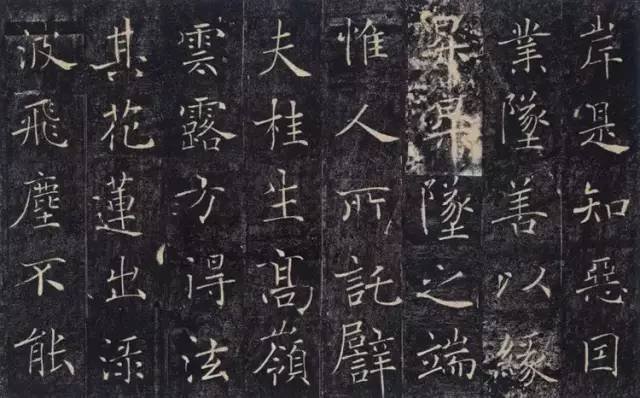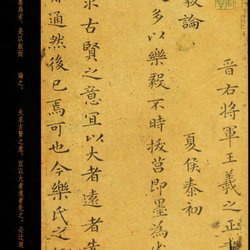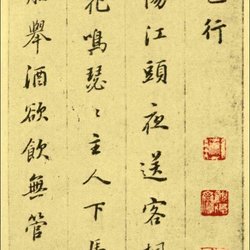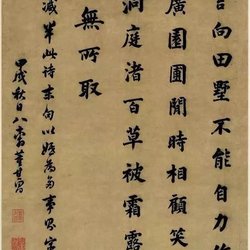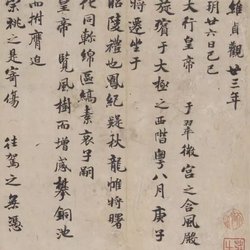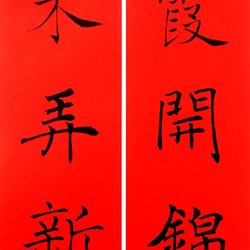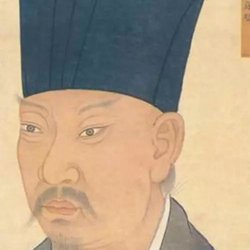"The Preface to the Holy Religion of the Wild Goose Pagoda" is also called "The Preface to the Holy Religion of Ci'en Temple", written by Chu Suiliang in the Tang Dynasty. Regular script, 1463 words in total. It was established in 653 AD (the fourth year of Yonghui in the Tang Dynasty). There are two stones in total, both located under the Big Wild Goose Pagoda of Ci'en Temple in Xi'an, Shaanxi Province. The first stone is the preface, the full name is "The Preface to the Tripitaka Sacred Teachings of the Tang Dynasty", written by Li Shimin, Emperor Taizong of the Tang Dynasty; the back stone is the note, the full name is "The Emperor of the Tang Dynasty Narrated the Holy Tripitaka Holy Religions", written by Tang Gaozong and Li Zhi. In order to avoid the taboo of Emperor Gaozong, the two characters "zhi" in the inscription are missing the last stroke. Also known as "The Preface to the Holy Religion of Ci'en Temple". All two stones are located under the Big Wild Goose Pagoda of Ci'en Temple in Xi'an, Shaanxi Province. The front stone is a preface, the full name is "Preface to the Holy Teachings of the Tripitaka of the Tang Dynasty", written by Li Shimin, Emperor Taizong of the Tang Dynasty, and written by Chu Suiliang, with 21 lines and 42 characters. The full name is "The Emperor of the Tang Dynasty narrates the Tripitaka Sacred Teachings", written by Li Zhi, Emperor Gaozong of the Tang Dynasty, and written by Chu Suiliang, with 20 lines and 40 characters in the right margin.
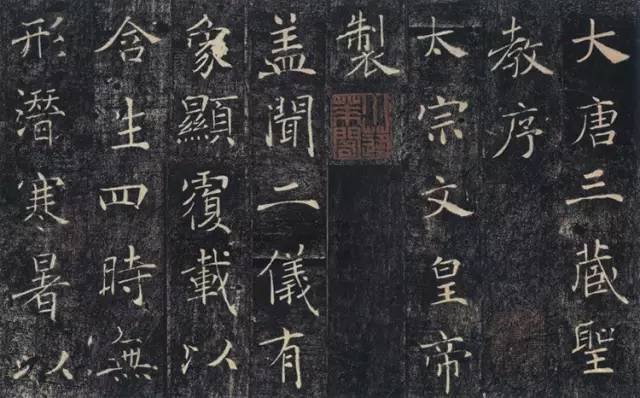
Wang Yan once commented: "...the prefaces of Tongzhou and Yanta Two Holy Sects are his own method, and the copies of "Lanting" handed down from generation to generation are also different from Sui. Most of the covers are from his own Jishu." Characteristics of Chu Suiliang's calligraphy The entire calligraphy work in the painting is mostly composed of curved lines, and even the short lines have a mood of chanting or sighing. In terms of the structure of the characters, the long characters of Ou and Yu were changed, creating a font that looks slim but is actually strong and full.
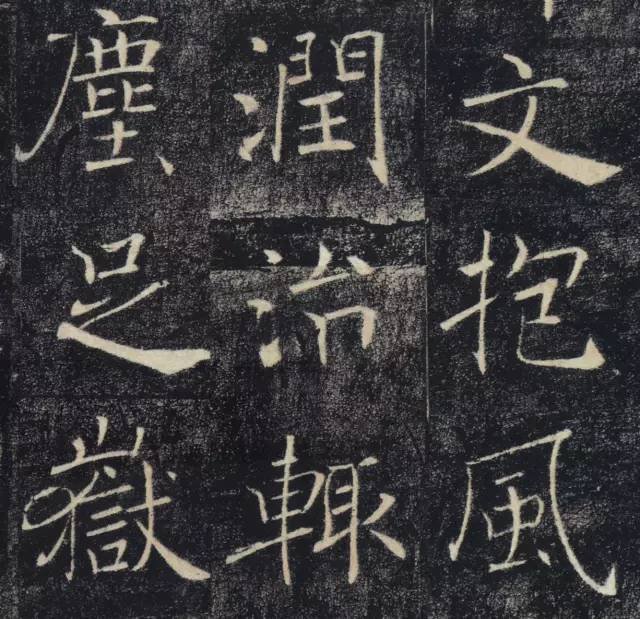
Qin Wenjin of the Qing Dynasty also commented: "Chu Deng is good at calligraphy, with an appearance like a beautiful girl like Luo Qi, and an expression of bronze and iron. This stele is particularly graceful and graceful, with ripples like a gossamer. It can convey the subtleties of turning points one by one. The essence of Moleh is It is the crown of all stele monuments in the Tang Dynasty." "The Preface to the Sacred Teachings of the Wild Goose Pagoda" uses both square and circular strokes in the writing, starting and ending in reverse; horizontal strokes go in vertically, vertical strokes rise horizontally, and there are ups and downs between the beginning and the end. There are also certain rules for turning around and returning to attack.
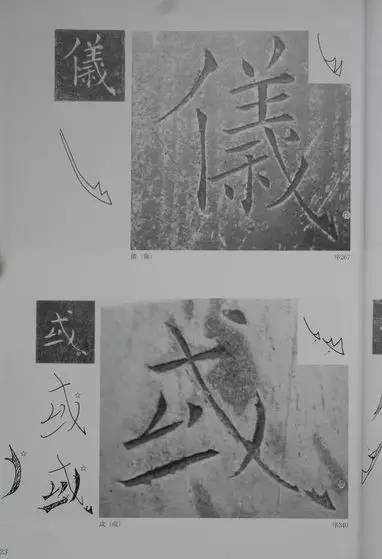
Su Shi: "Yongchan Master's calligraphy has a deep and stable character, a body that combines all kinds of wonderful things, and is extremely powerful, yet it is in contrast to being sparse and bland. If you look at Tao Pengze's poems, they seem to be loose and slow at the beginning, and you can recognize their uniqueness after repeated repetitions."
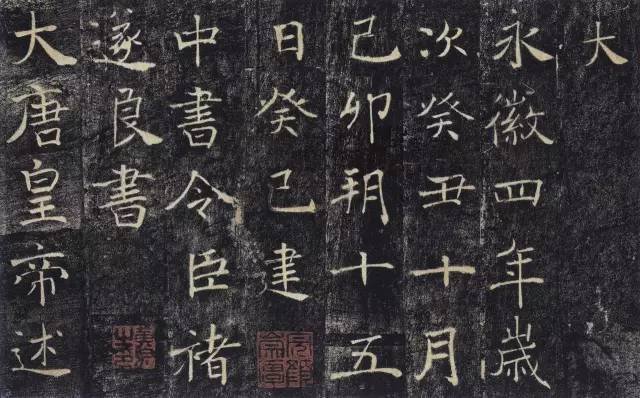
Mi Fu: "Qingyuan Xiao San"; "Nine tunes and ten thousand dances, cranes and herons fill the court, jade jade jingles jingle, graceful and graceful."
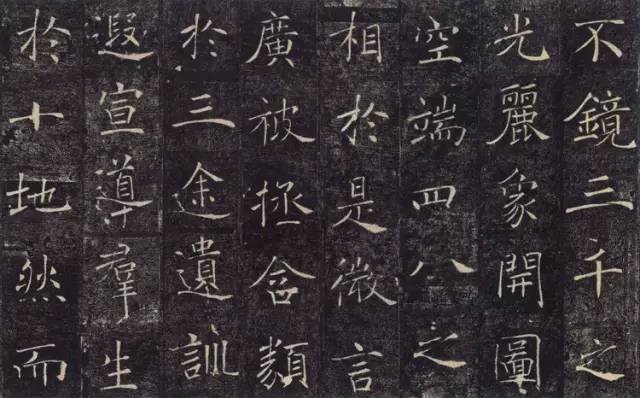
Liu Xi: "Chu Henan Shu was the great leader of education in the Tang Dynasty. Yan Pingyuan got his muscles, and Xu Jihai and others got his flesh."
